SureFire SOCOM-4 Series—A New Fighting Suppressor
Fountain Valley, CA—SureFire, LLC, manufacturer of the world’s finest—and most innovative—illumination tools and…
Fountain Valley, CA—SureFire, LLC, manufacturer of the world’s finest—and most innovative—illumination tools and…
Shinenyx—creators of a cutting-edge fusion of digital night vision and thermal imaging technology—has…
German Precision Optics’ Passion APO is a high-performance compact spotting scope designed and…
The Mod-Navy Qual I’ve been doing this qual (or drill, or whatever the current nom…
• Built for road trips and off-road use• Manual transmission equipped• Wrapped in MultiCam Arctic…
I designed the Button Man to give shooters a low-round-count, low-light-engagement drill that involved both…
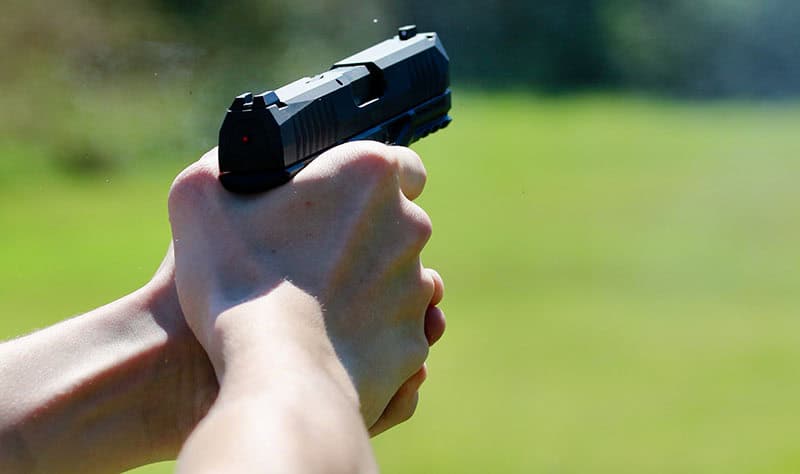
The 9mm market is way overcrowded. With the exceptional choices for ammo in the caliber, it isn’t any wonder that manufacturers are spending so much energy on 9mms—but much of the current investment is focused on the subcompact EDC carry gun. The Arex Delta 9mm, or perhaps we should say Arex Defense writ large, is different. They’re taking on a class of guns that has been pretty stable for the last 30 years – we’ll try to explain why they’re doing so well with this Arex Delta Gen 2 review.
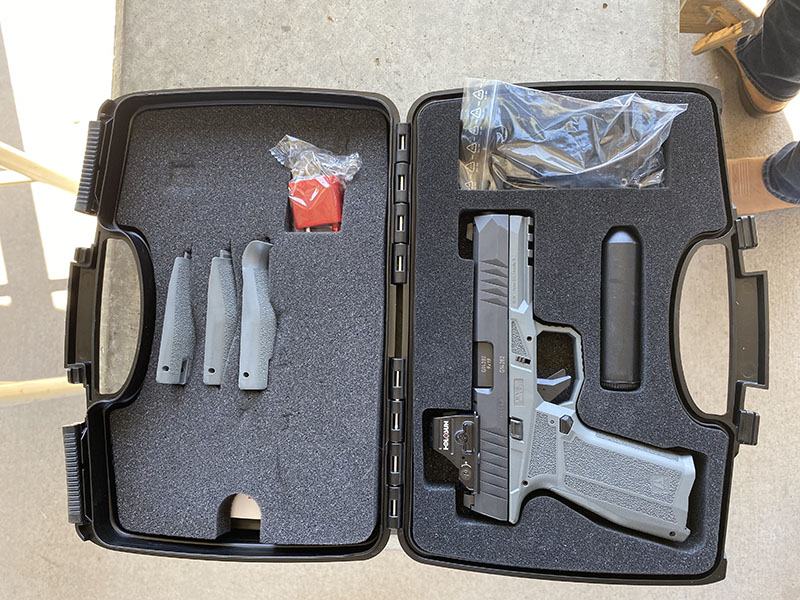
The second generation of the Arex Delta Gen 2 line is rooted squarely in the full-size and compact space. These are double-stacks with capacities of 15 or 17, respectively. This is familiar territory for a generation that has seen GLOCK, Beretta, H&K, Sig Sauer, and just about every other handgun manufacturer take the same set of internals and stretch out or trim fractions of an inch from the frames and grips.
Yet Arex is doing something compelling. Their Delta line takes this familiar set of design specs and tricks them out to be completely functional, right out of the box, and at a price that many people doing a double-take.
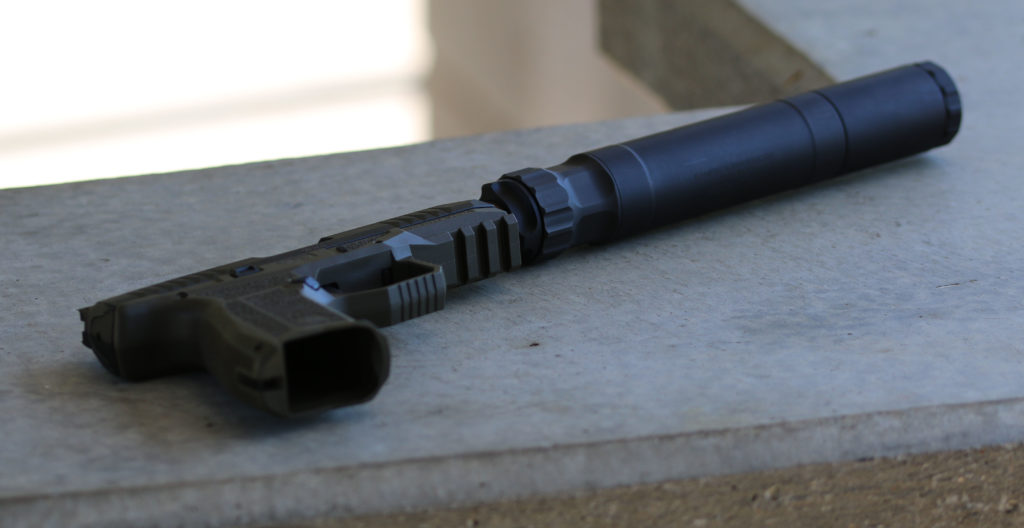
Arex Defense isn’t a household name in the US. Rather than using their guns as their reason for existence, Arex tends to brag about its tooling capabilities. In an era when so many companies rely on others to make their parts, this ability to do it themselves provides Arex with control.
Over the last three decades, they’ve moved into defense contracting in Europe. These handguns are the logical outgrowth of that. Arex makes ammunition, too, and is now a company that contracts with other European brands that rely on Arex’s capabilities to build their respective brands.
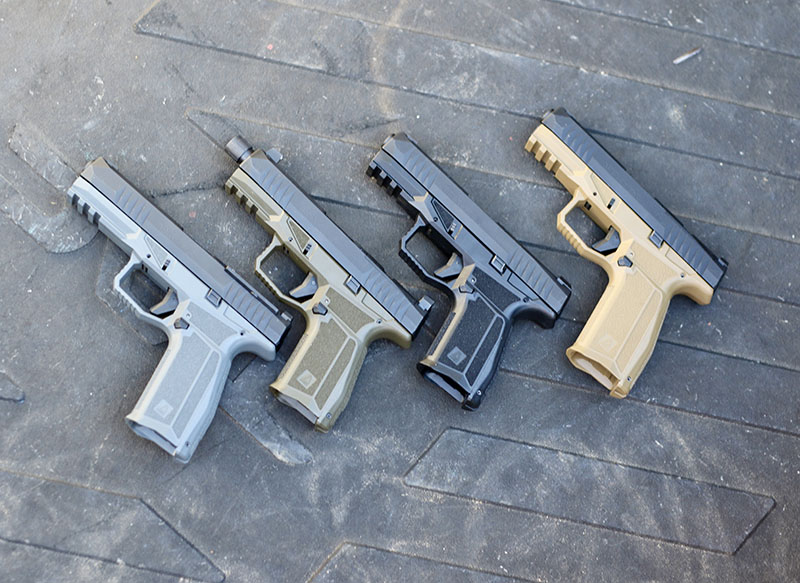
Arex is in Slovenia. If you need a brief geography lesson, Slovenia is to the east of Italy—on the more dangerous side. It is a region known for firearm production (as Slovenia also shares a border with Austria).
If you’re not familiar with the brand, you’re not alone. Arex is new enough stateside that many gun guys don’t have a working context for the brand. That’s changing, though, and for good reason. These guns perform well. If they didn’t, I wouldn’t be wasting the ink.
The main reason? This is no secret. The Arex Delta pistols have a rock-solid feature set at a price that undercuts almost all of the competition. In economic terms, we would call this value—but most of us will just focus on the price.
Every pistol on the market has aggressive slide serrations. There’s nothing magical about great grip textures anymore—they’re the norm. Guns have gotten to be so similar in their construction that trying to find unique attributes is very complicated.
But the Gen 2 Arex Delta pistols are built with options in mind.
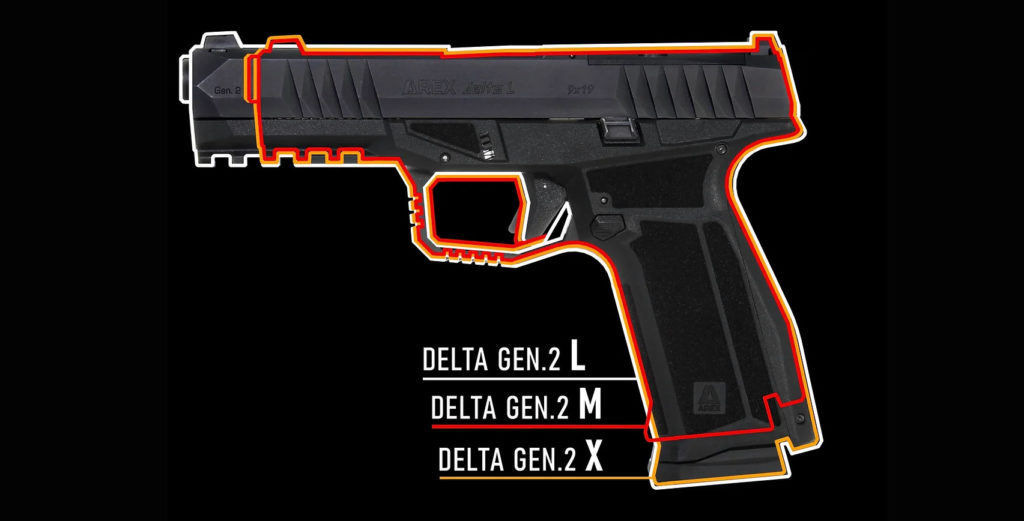
There are three main sizes of the Delta:
• Delta M2 L. Long slide: long grip (i.e. full-sized)
• Delta M2 X. Short slide: long grip (i.e. compact slide on full-sized grip)
• Delta M2 M. Short slide: short grip (i.e. compact)
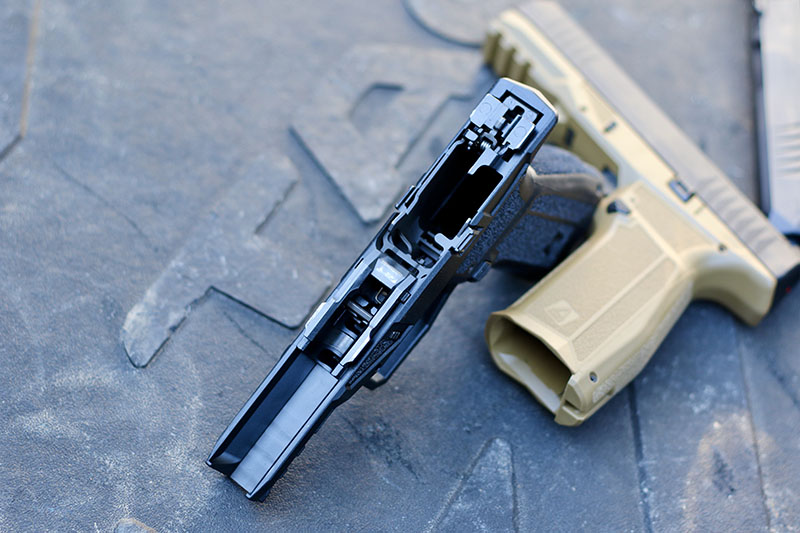
Slides are available with optics cuts, or without. The sights on these, though, are not high enough to co-witness.
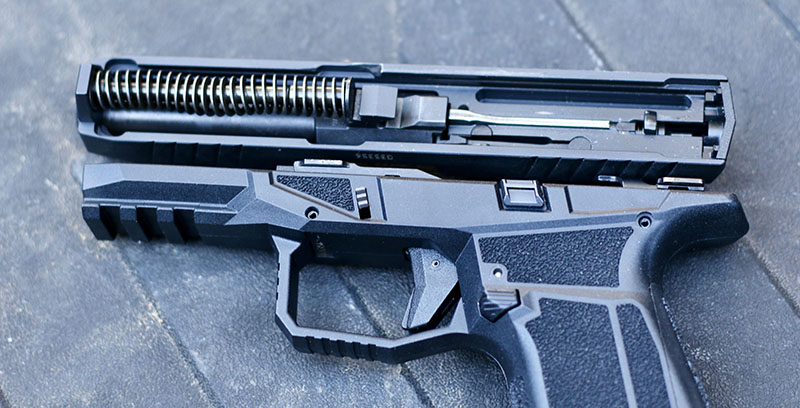
On the Tactical version, the sites are high enough to both co-witness and clear a suppressor. The Tactical version is essentially a compact with a threaded barrel (which further blurs those lines between the three).
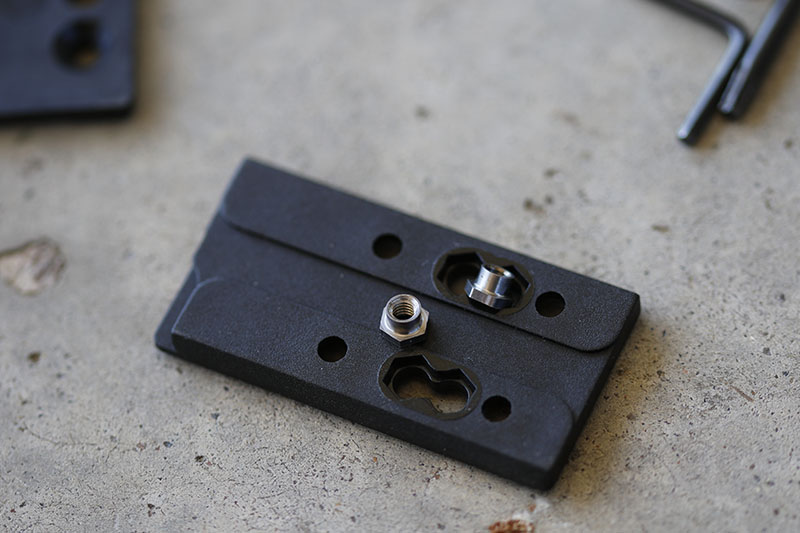
The good news is that there are only two sizes for holstering for the four main variations.
And the guns come in the familiar shades of black, grey, FDE, and OD green.
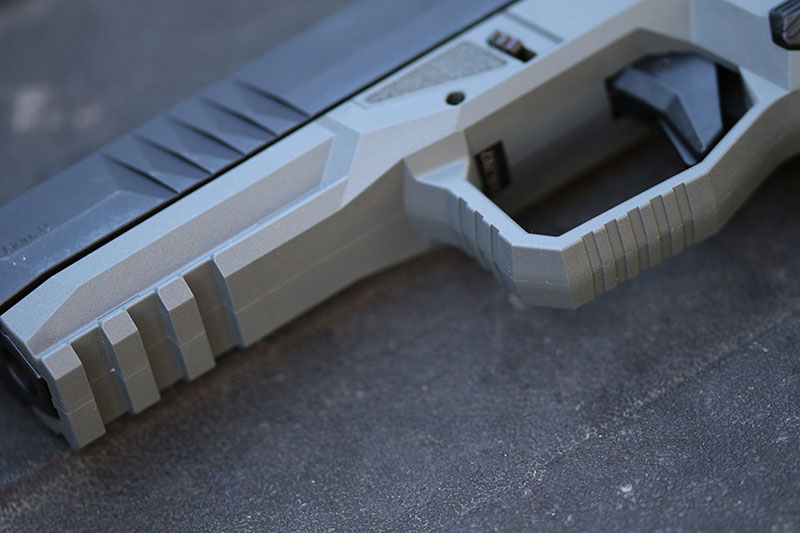
Now say that in a B-grade shoot-em-up movie voice.
Arex boasts about how their actions are built around true double-action strikers. Some of the more popular pistols on the market use actions that—if more of us understood what was really going on under the hood—could make you worry a bit. Some leave the strikers cocked all the time.
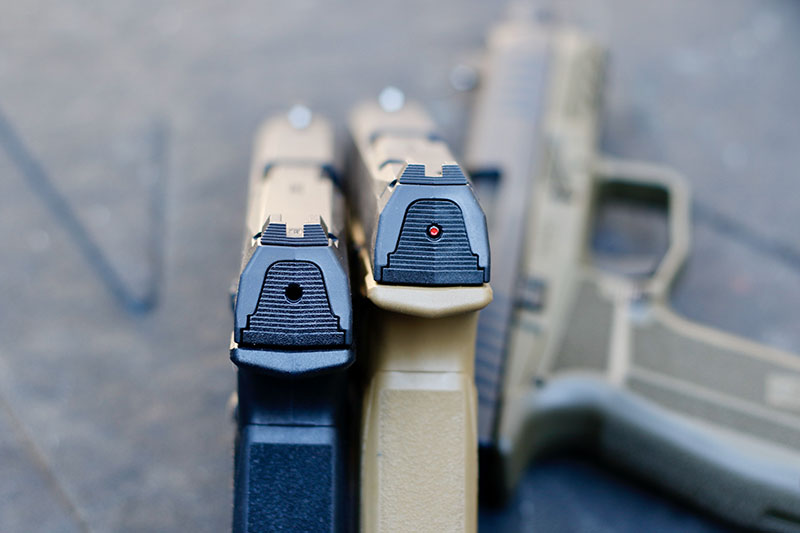
The Arex Delta striker is not under full spring tension until you pull back on the trigger. They refer to this as the Striker Double Action system. If something catastrophic were to happen, there’s not enough mechanical energy behind the striker to send it into a shell.
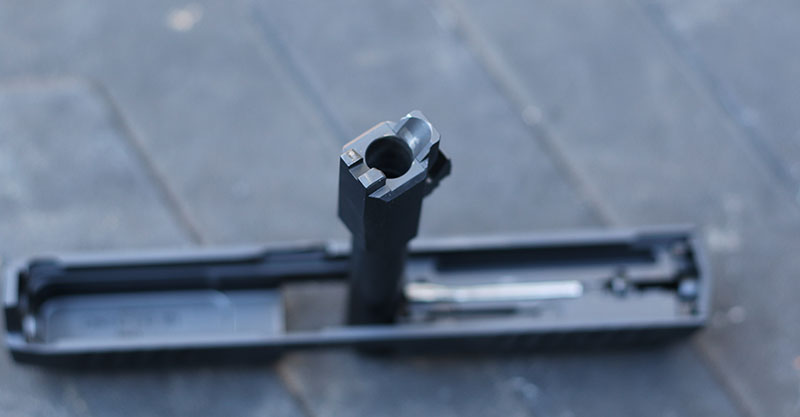
You can actually watch this work on the back of the gun. Drop the mag. Check the chamber. Make sure it is empty. Point the gun in a safe direction. Then rack the slide and watch the striker move back as you pull the trigger.
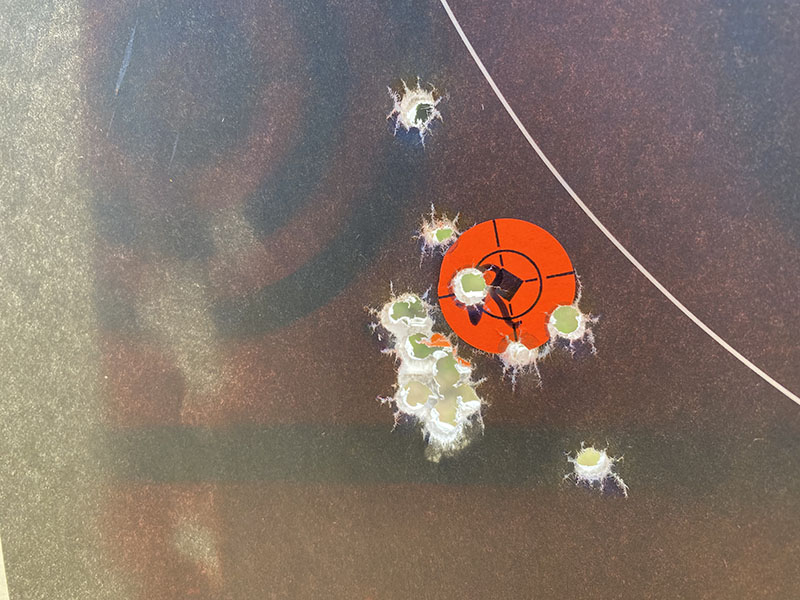
The Delta has a reliance on geometric shapes. Perhaps this is linked to the metaphoric and symbolic representation of the Greek letter. There are triangles all over this gun. Even the A of Arex is represented as more of a Delta than an A.
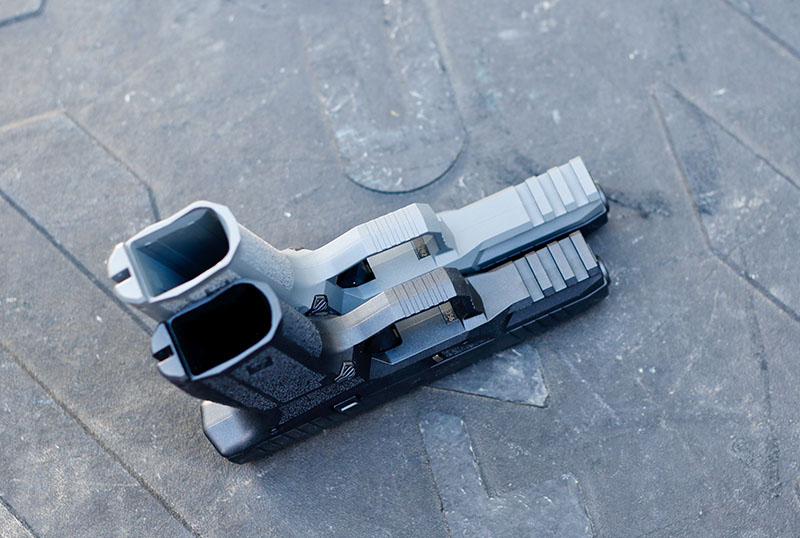
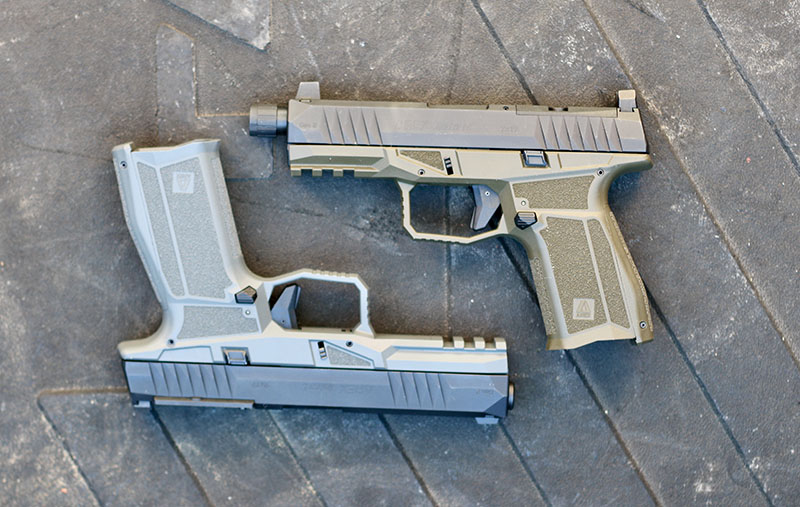
This triangle motif, though, shows itself in both triangles and in the use of straight lines. There are few flowing, graceful curves on the Delta pistols. Even the grip panels have delineated borders that show reflect this geometric theme.
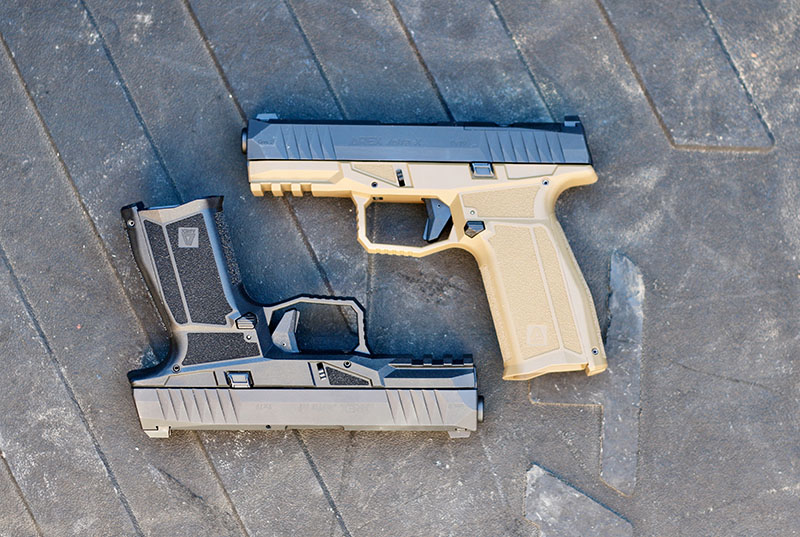
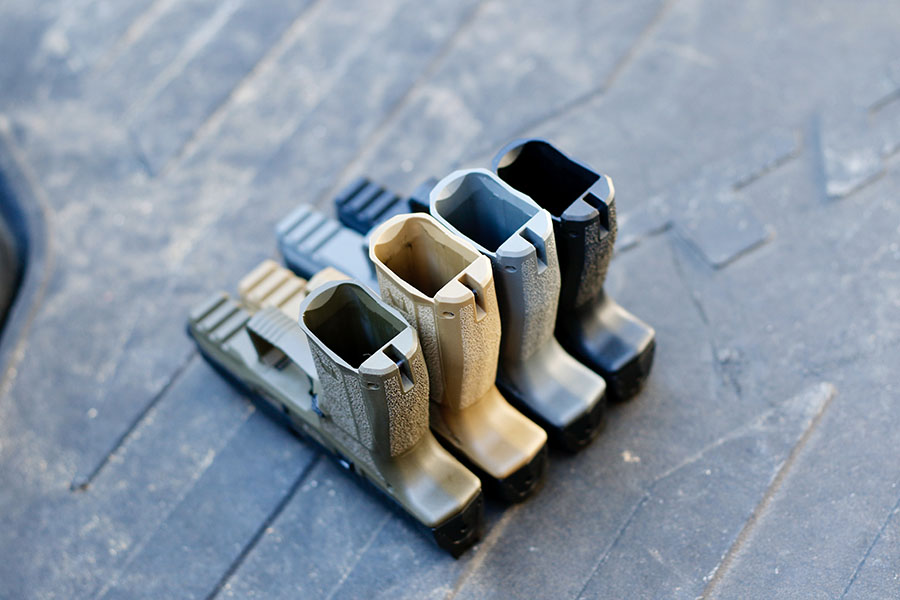
I had four on the range. Each performed slightly differently. For me, the sweet-spot was the Delta M2-X (the compact slide on the longer grip). I’ve got big mitts, and this fills the hand well.
The recoil impulse was what you’d expect from each. There’s almost no perceivable difference between the three versions of the frame size, as far as recoil impulse is concerned.
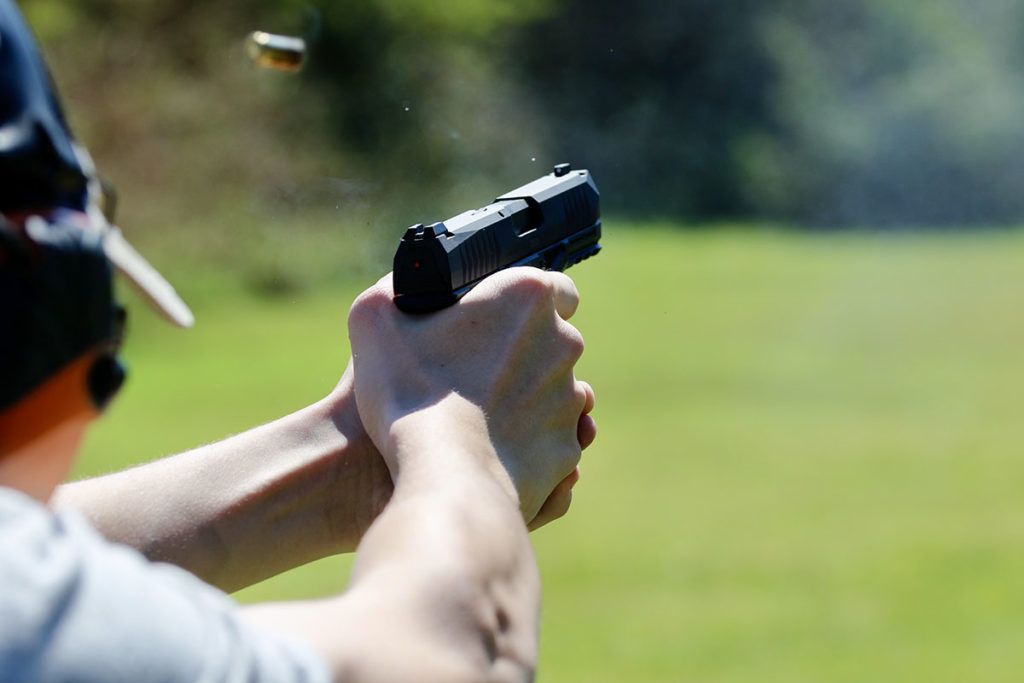
I had no difficulty holding any of them down. That said, I’m still a fan of the X version.
What’s the advantage? For me, it’s mental. I like knowing I’ve got more capacity in each magazine and less slide to get clear of the holster. I know that an extra half-an-inch isn’t going to make or break a draw, just as I know that 15 rounds should get the job done, but I’m a creature of habit.
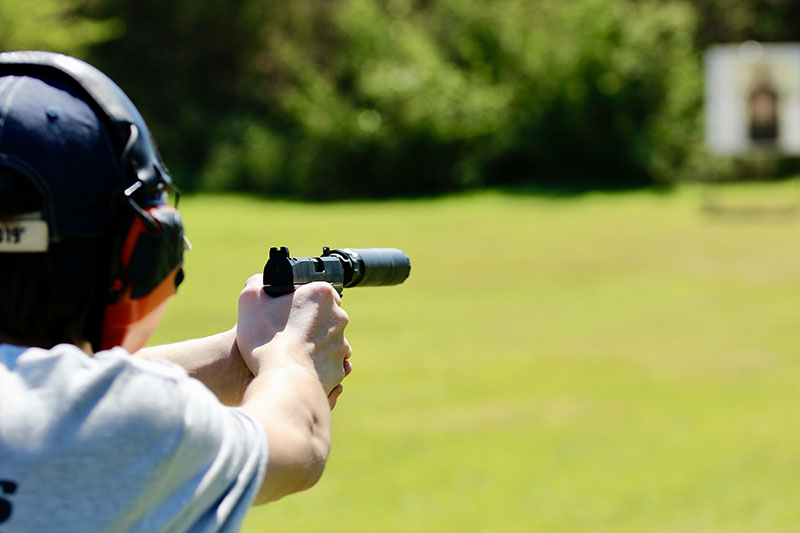
I’m a gun writer, and—as a rule—we tend to dwell on the little things that make one gun better than another gun.
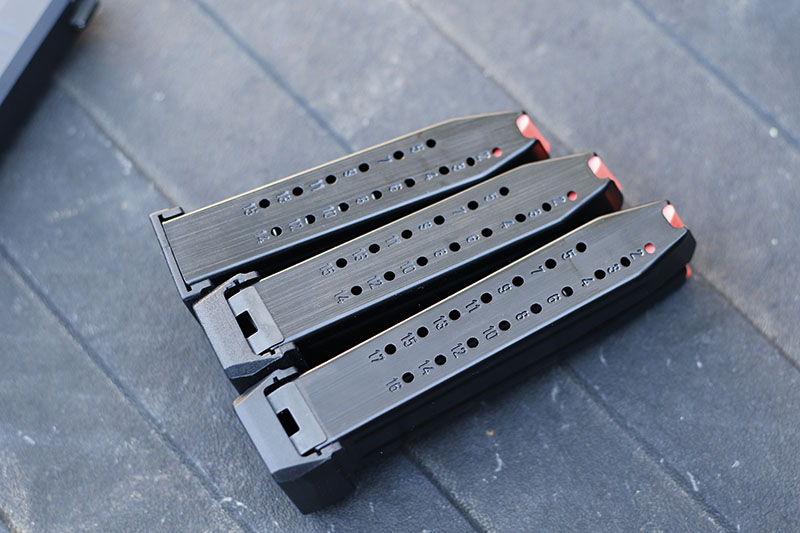
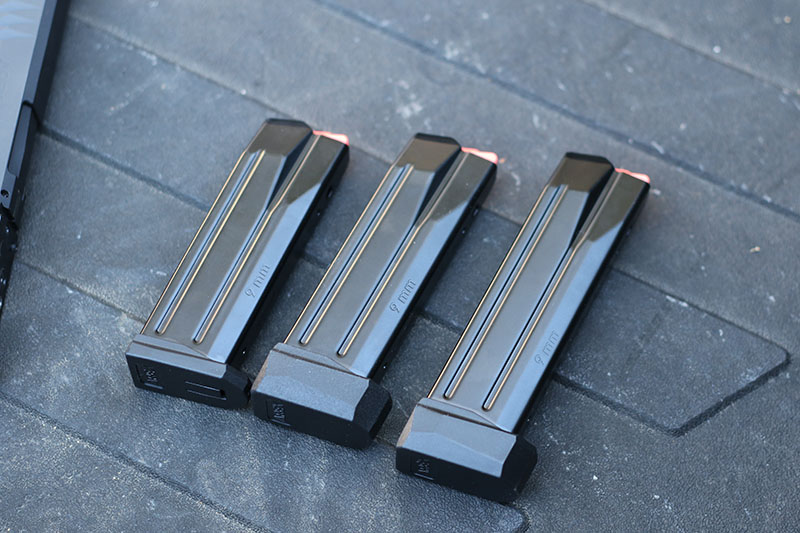
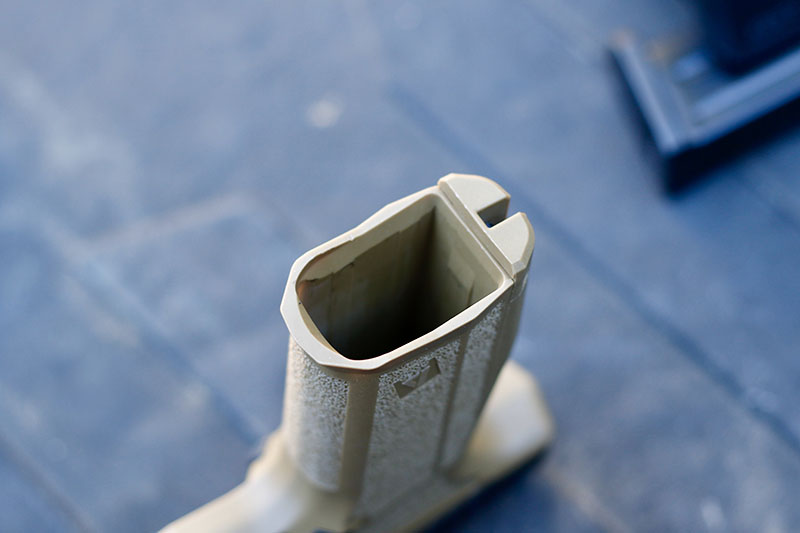
There was only one. The sights on the Arex Delta are hardly a concern for anyone running an optic—but they still matter. One of the four Arex guns I had in for review was shooting well left of point-of-aim. I did a bit of sight pushing (Delrin rod and a ballpeen hammer) and brought the point of impact more into alignment.
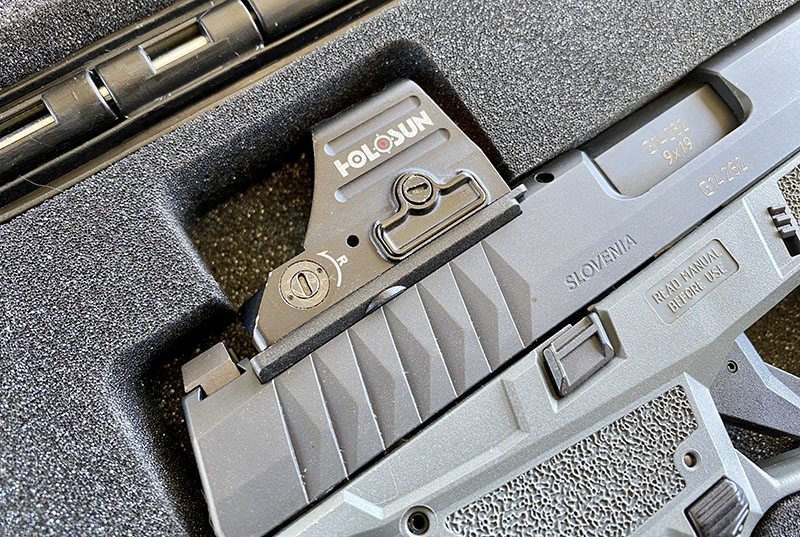
The front and rear sites are drift adjustable. They’re steel. This alone is a nice upgrade over some of the more expensive guns in the Delta neighborhood.
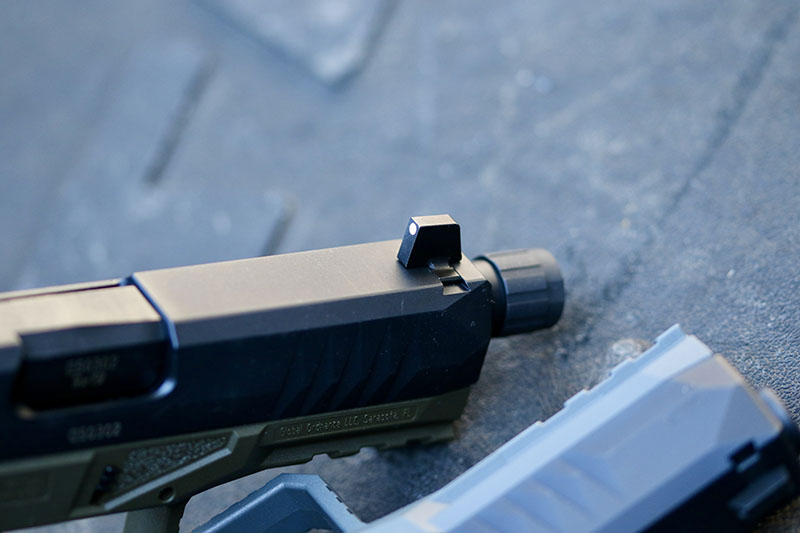
I function-tested each of the models. I ran the tactical Delta both naked and with a suppressor. I don’t have any complaints about the way the guns shoot. As I moved into more dedicated drills with the X, my round count increased significantly.
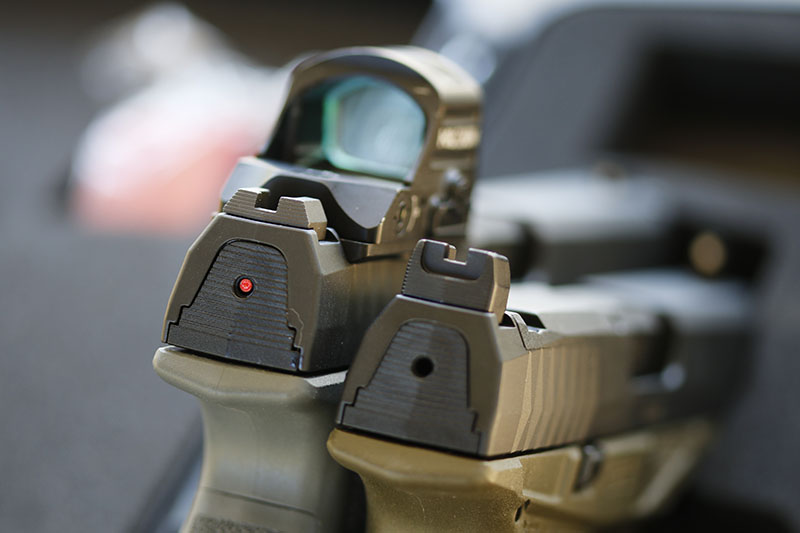
The only real issue I had was a couple of slide-drops on empty mags. This is, more often than not, user error. When I was thinking critically about the placement of my thumb, I couldn’t replicate the problem.
One criticism I have heard from others has to do with the spring pressure on the slide. This isn’t an easy slide to rack. While I wouldn’t call it cumbersome, this is a stiff pull. The tactical even comes with a second spring to help balance suppressed fire.
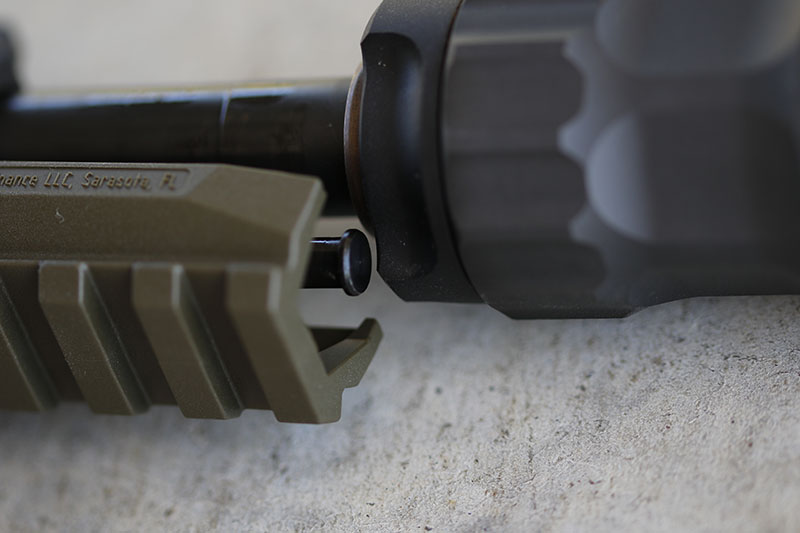
One element of the design that I really like is the mag release. On the left side of the gun, the button is bigger. Hardly oversized, but large enough.
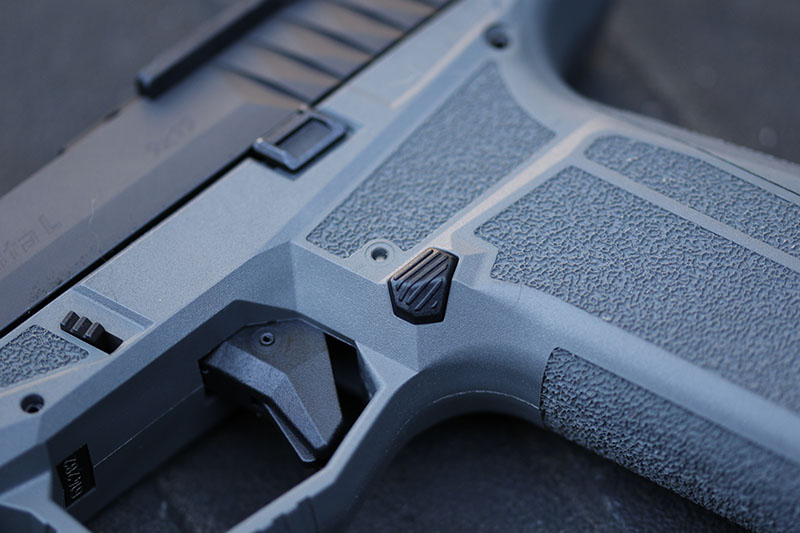
On the right side, though, is a smaller button. You can drop the mag with your left-hand thumb if you are shooting left-handed.
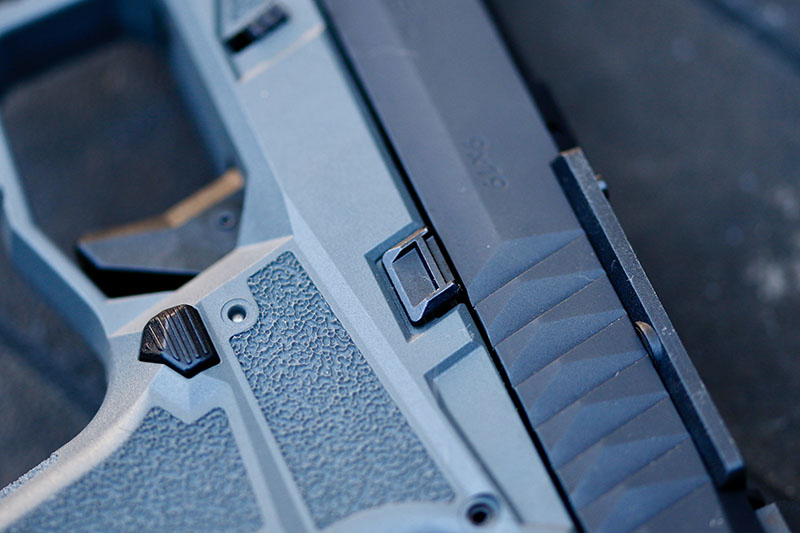
While it isn’t as easy, it is possible, and the left-sided button isn’t going to be accidentally pressed by a right-handed grip.
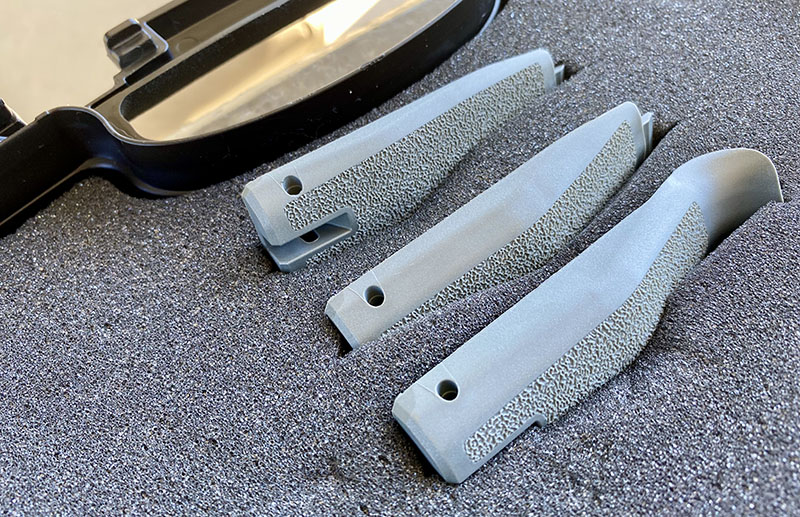
Little things like this completely set this gun apart from so many of the other 9mms in this class.
If you’re looking for a new CCW gun, it’s worth consideration.
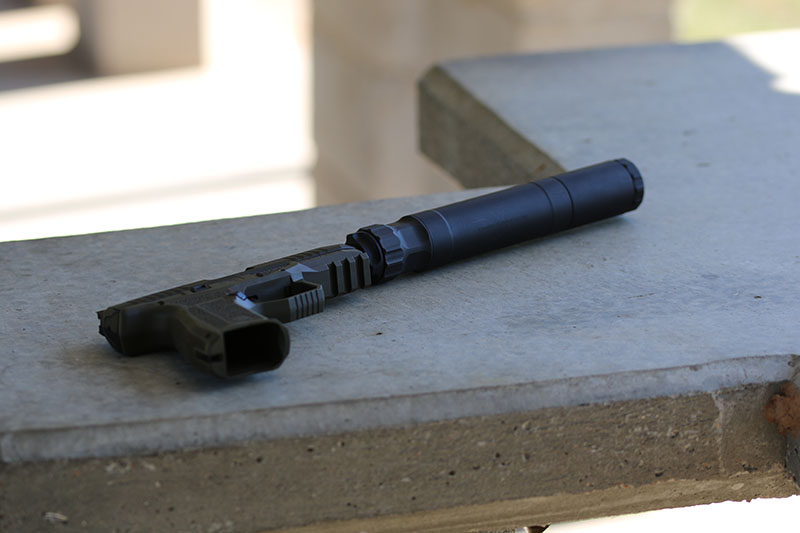
Check out more in our Review section.
Want more posts like this one? Subscribe to Guns & Tactics to receive email updates and special offers direct to your inbox!
Social Links:
– The views and opinions expressed on this web site are solely those of the original authors and contributors. These views and opinions do not necessarily represent those of Guns & Tactics, the administrative staff, and/or any/all contributors to this site.
– Affiliate Disclaimer: Guns and Tactics is reader/viewer supported. This post may contain affiliate links and we may earn a small commission when you click on the links at no additional cost to you. As an Amazon Affiliate I earn from qualifying purchases.
[mc4wp_form id=”30235″]
David Higginbotham is a writer and editor who specializes in everyday carry. David was a former backcountry guide in the Sangre de Cristo Mountains and Boundary Waters Canoe Area and a college professor for 20 years. He left academia for a more practical profession in the firearms industry and worked successfully as an editor for several publications. After a long stretch at that, he went on to an even more practical firearms industry profession. He still writes, however, and his work can be found on some of the best sites in the gun and outdoor space.
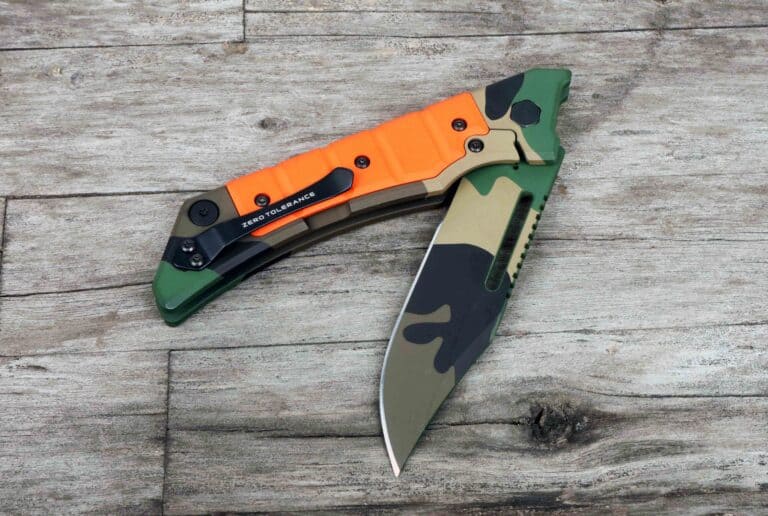
Tony had always been aware of his father’s Army service during the late ’70s through the early ’80s. He knew that he had served, but he didn’t know…
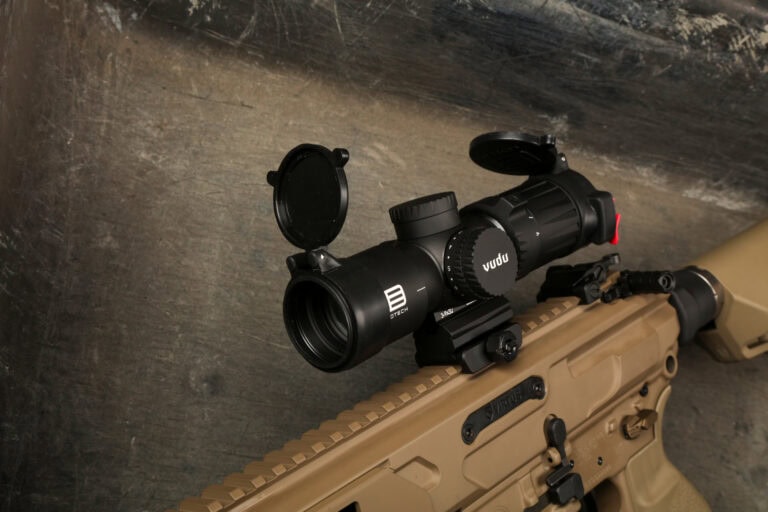
EOtech has long been a brand trusted by shooters who demand reliability, optical clarity, and innovation. With the release of the Vudu 3-9×32 Second Focal Plane riflescope, EOtech…
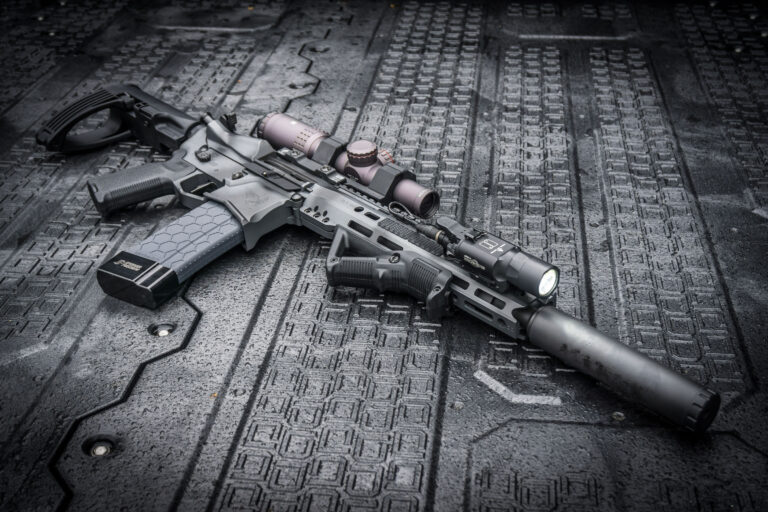
Soft shooting AR-based pistol Unique length gas system Created for reliable suppressed & unsuppressed shooting Innovation, in what seems like an already saturated black gun market, is becoming…
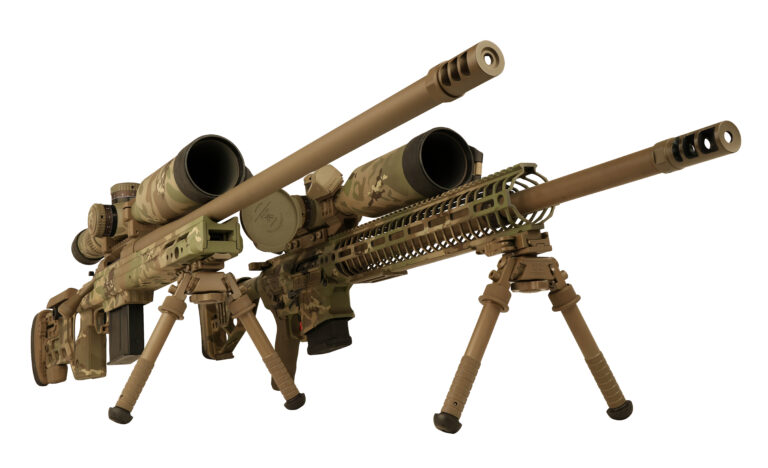
Built for precision shooting Chambered in 6.5mm Creedmoor Coating by Blowndeadline Sometimes you’ll meet a pair of buddies that are so in step with one another that they…
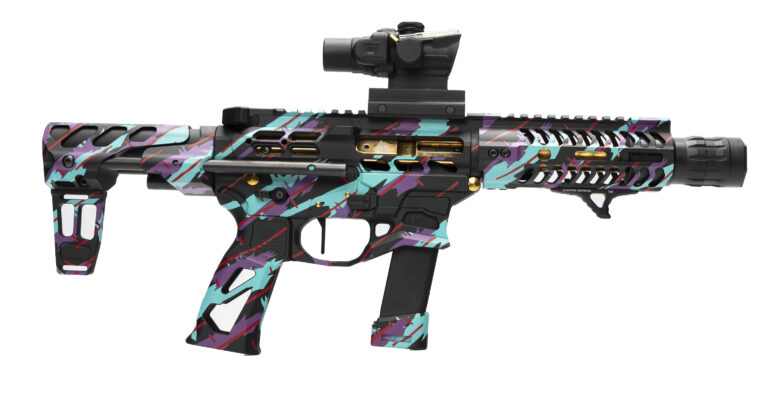
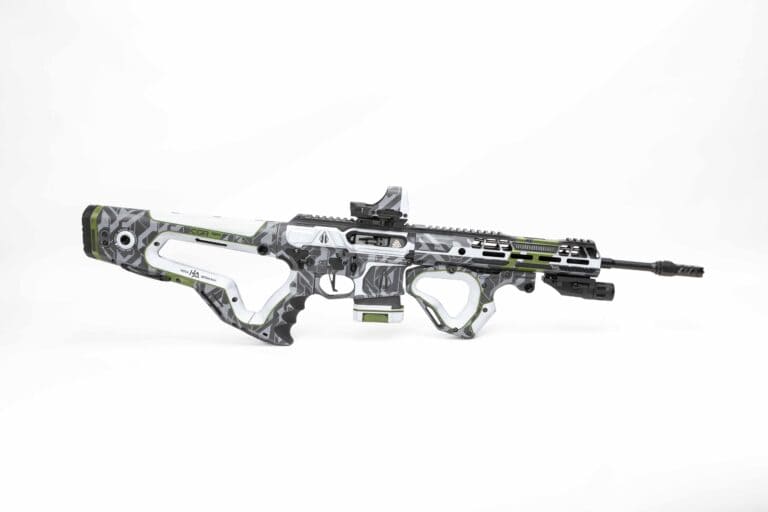
• AR build inspired by futuristic weaponry from Halo, Destiny & USSF• Hera Arms CQR buttstock & Forward Grip• Custom Cerakote pattern by Koted Arms It goes without…
© 2025 UN12 Magazine
© 2025 UN12 Magazine
Wait! Don’t forget to